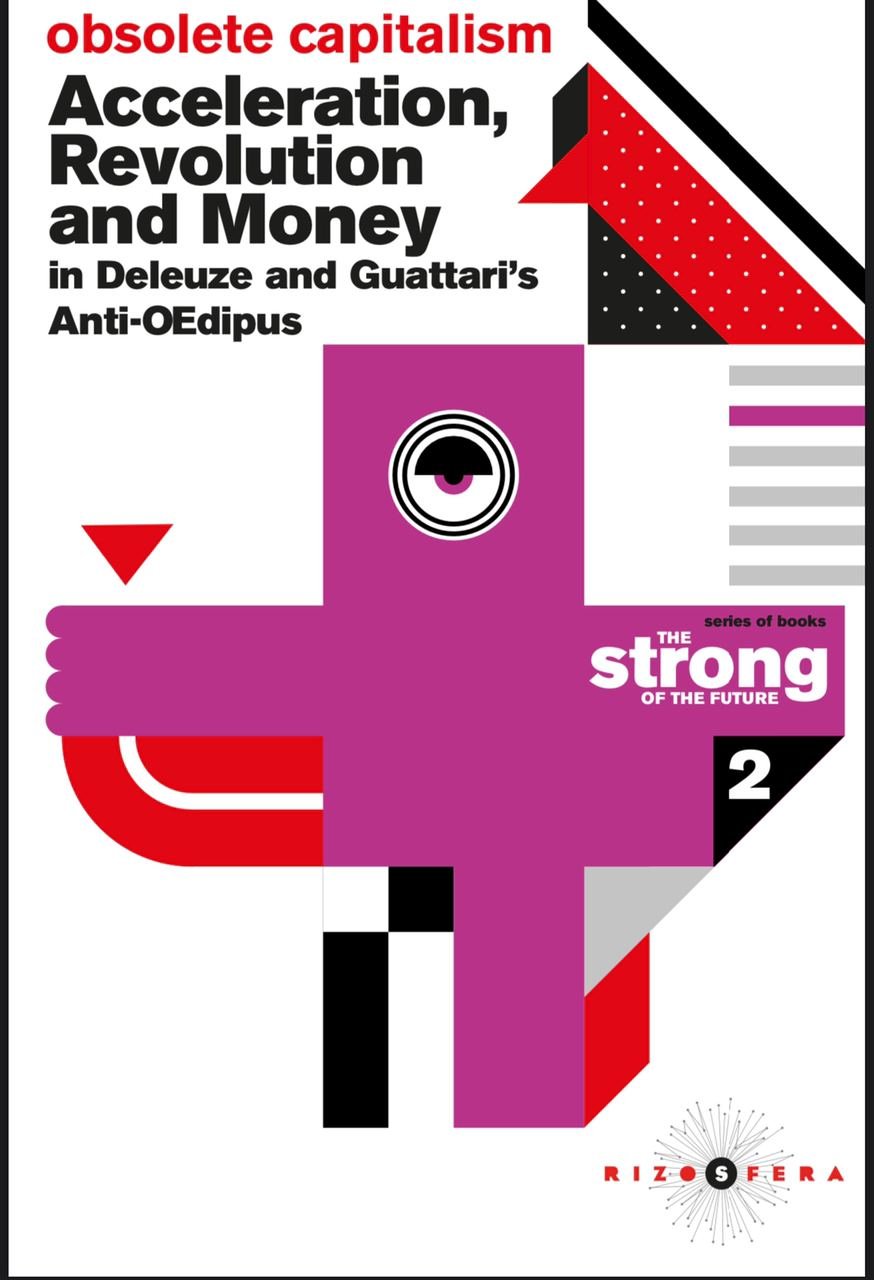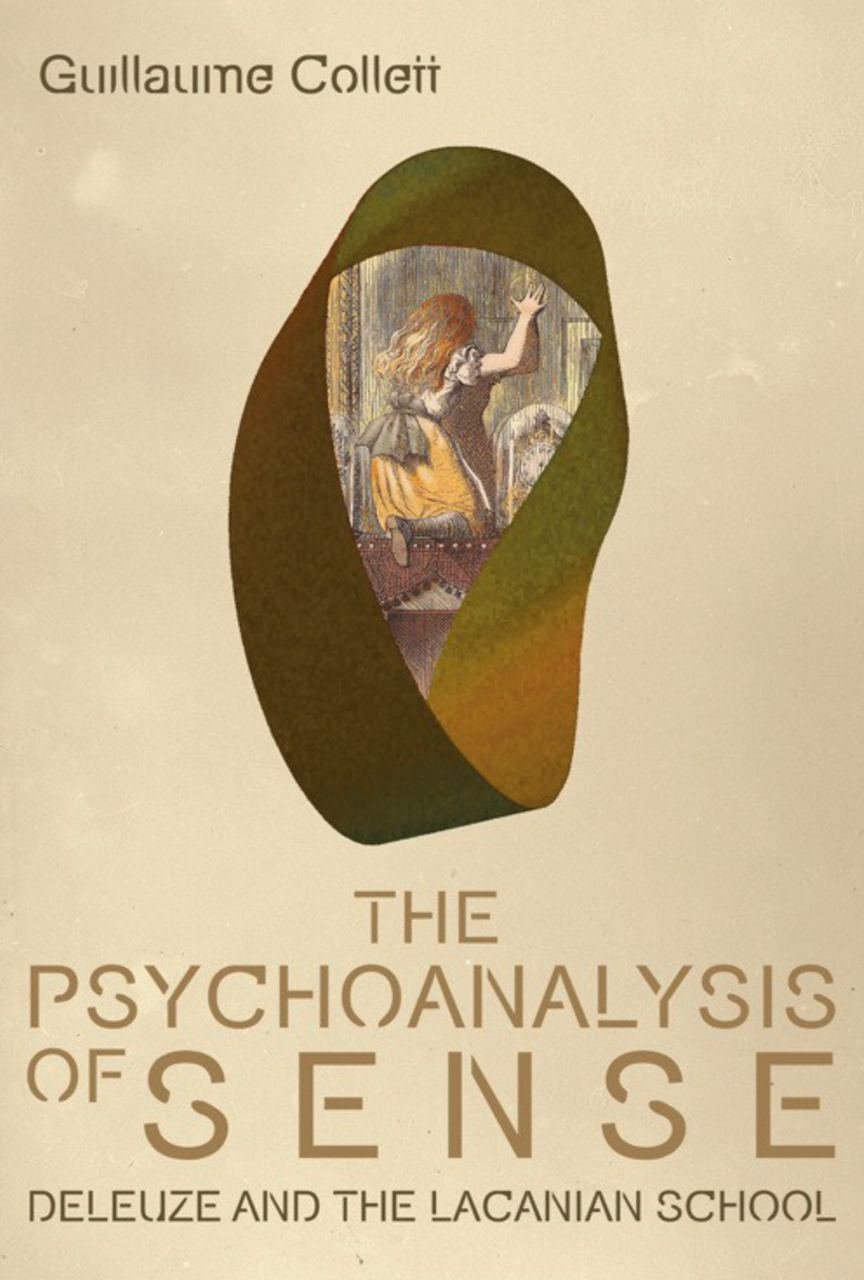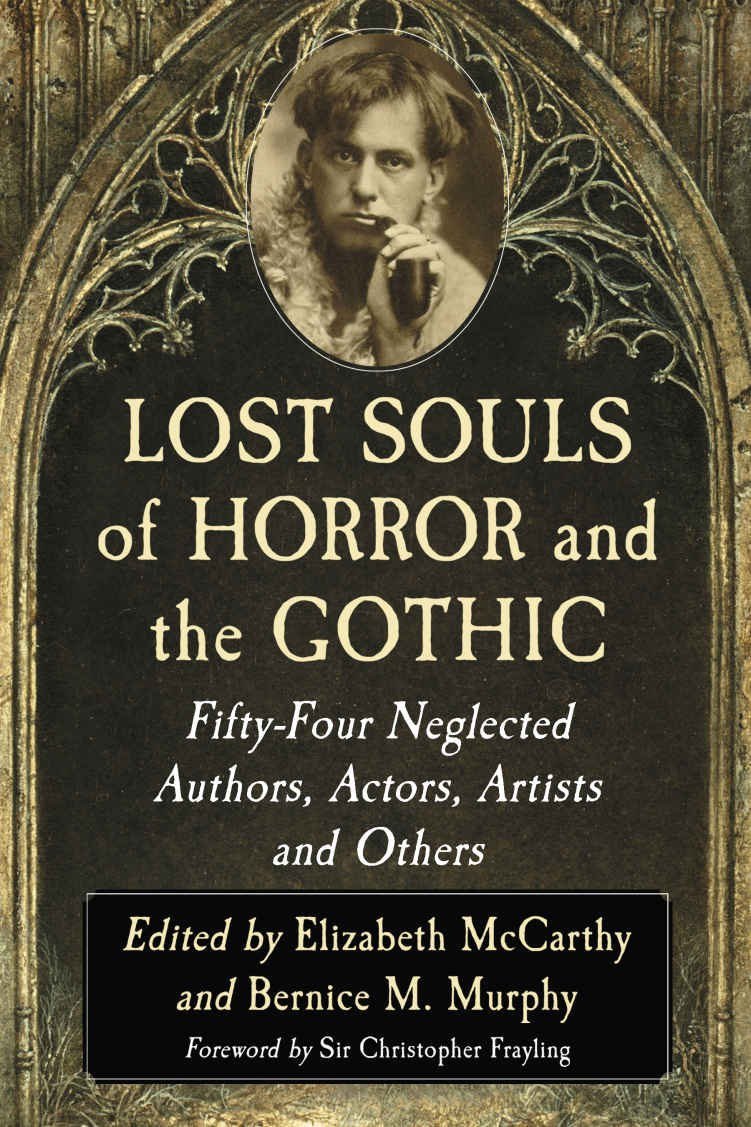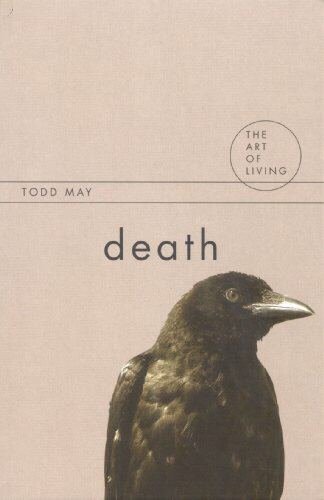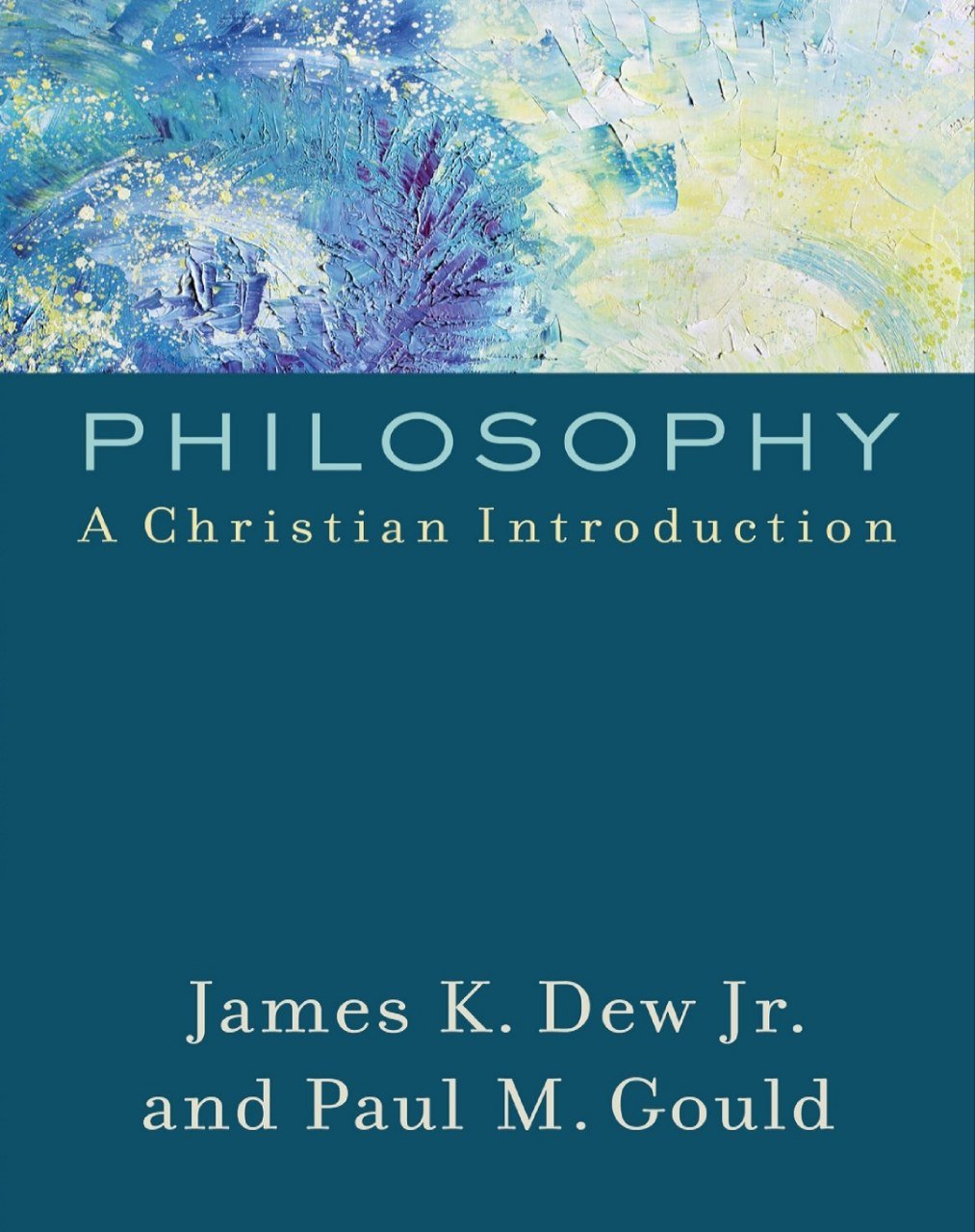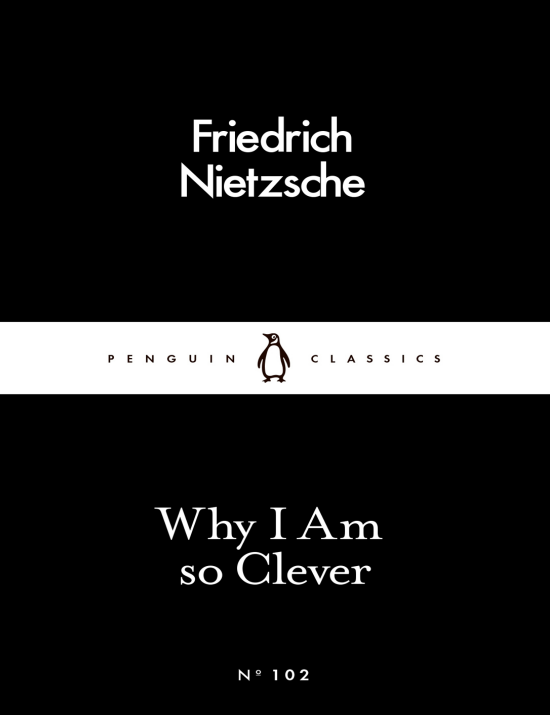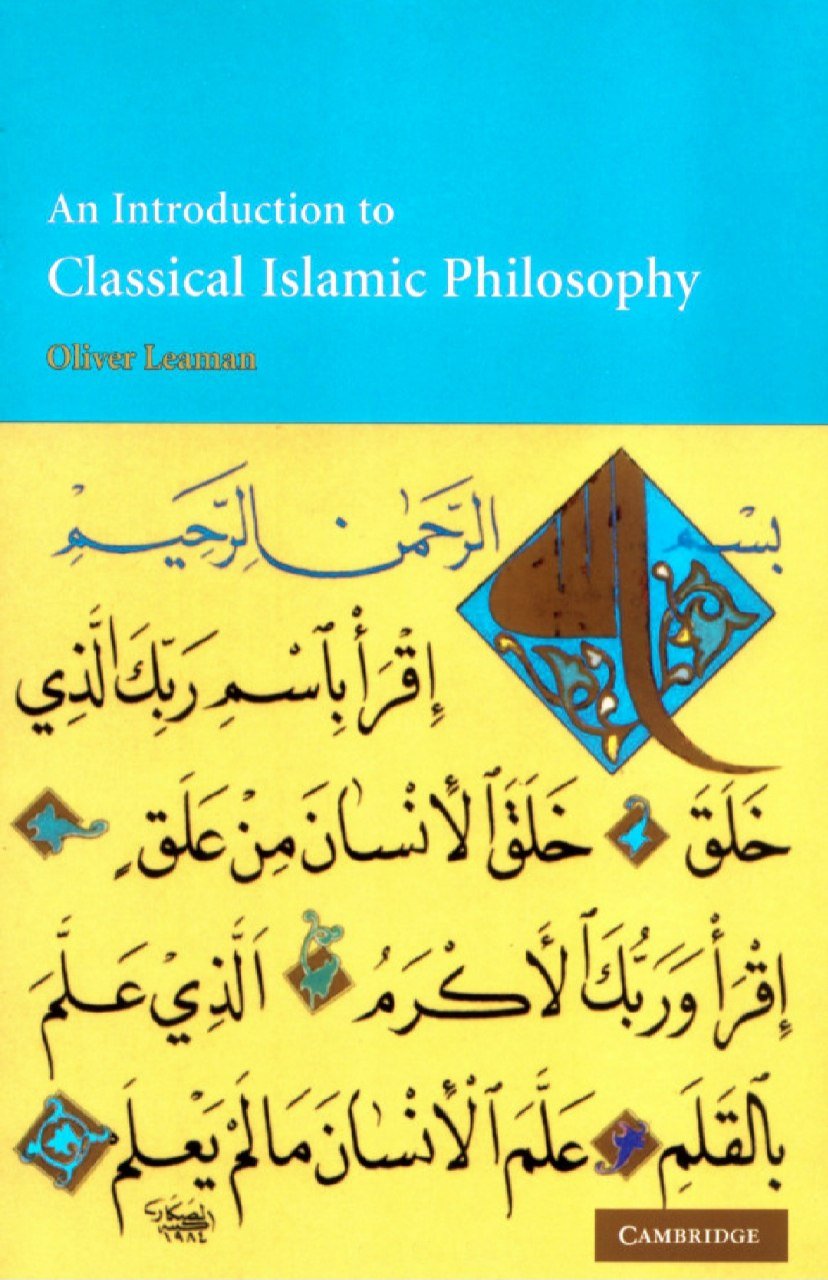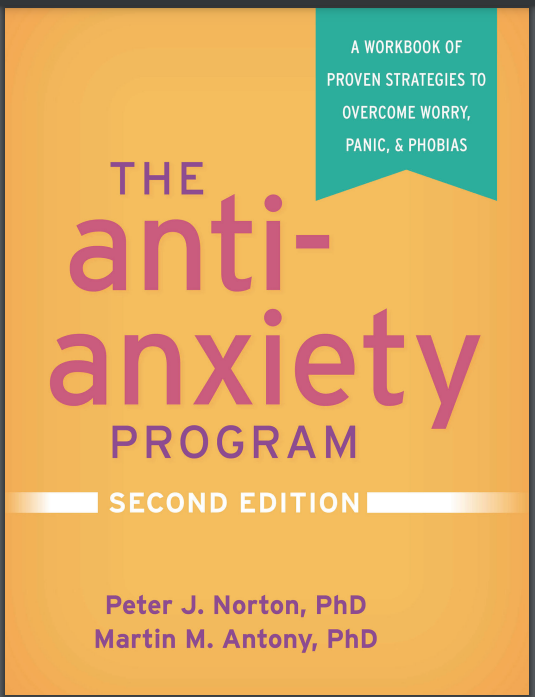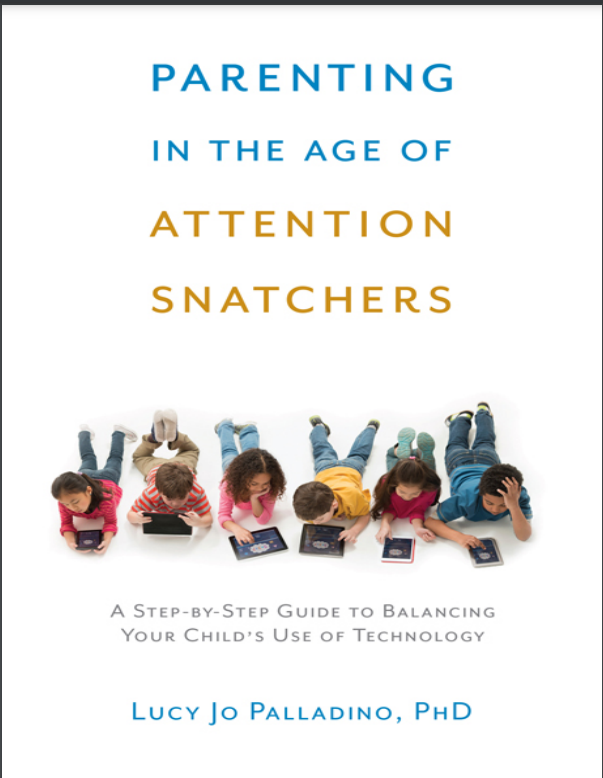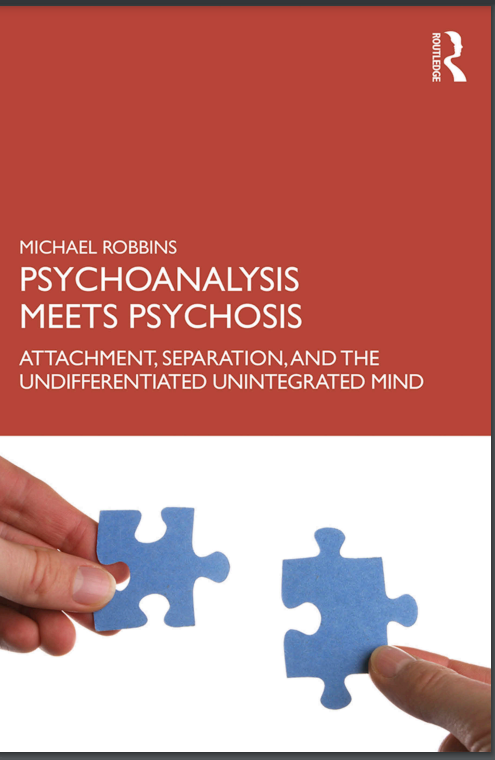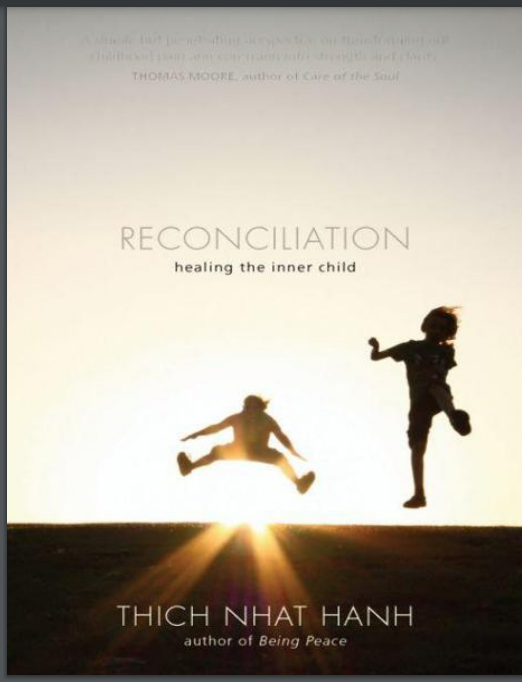

Mysticism, Ritual and Religion in Drone Metal
Reviews
No review yet. Be the first to review this book!
Description
Mysticism, Ritual and Religion in Drone Metal is an academic exploration of the unique intersections between spirituality, mysticism, and musical experience within the genre of drone metal. Drone metal, often characterized by its slow tempos, heavy distortion, sustained tones, and minimalistic composition, creates immersive soundscapes that listeners frequently describe as transcendent, meditative, or even spiritual. This book investigates how these sonic qualities interact with religious and mystical themes, not only in the music itself but also in the cultural practices and experiences surrounding it. The work examines drone metal’s aesthetic and thematic preoccupations, drawing connections to religious ritual, mystical experience, and philosophical contemplation. Bands like Sunn O))), Earth, and Boris often incorporate religious symbolism and imagery—ranging from Christian liturgical references to Eastern spiritual traditions—into their performances and album art. This adds a layer of ritualistic gravitas to the music, suggesting parallels with sacred ceremonies where sound is a vehicle for transcendence. One of the central arguments of the book is that drone metal creates a liminal space—an in-between realm—where listeners can experience altered states of consciousness similar to those induced by religious rituals or mystical practices. The extreme volume, prolonged duration, and physical vibrations produced in live performances are likened to ritual purification or sensory overload, breaking down ordinary perception and allowing for a heightened state of awareness. The book explores how sound functions as a material and spiritual force, engaging the body and mind in ways that echo ancient religious experiences. The analysis also draws from theories of ritual studies, phenomenology, and religious studies, suggesting that drone metal can be interpreted as a form of modern mysticism or secular spirituality. Rather than adhering to traditional religious dogma, drone metal often reflects a personal, experiential search for meaning or transcendence through sound. The concept of sonic immersion becomes key to understanding how listeners interpret these intense soundscapes as deeply meaningful or transformative experiences. Additionally, the book delves into aesthetic choices and performance practices, discussing how elements such as minimal lighting, cloaked figures, smoke, and amplification act as components of a ritualistic environment, shaping a communal experience that resonates with sacred gatherings. In summary, Mysticism, Ritual and Religion in Drone Metal offers a compelling and scholarly examination of how this extreme form of music engages with spiritual and mystical dimensions. It highlights drone metal not just as a musical genre but as a contemporary cultural phenomenon that blurs the boundaries between art, ritual, and religious experience, offering its audience opportunities for transcendence, contemplation, and an altered sense of being.
 May 03, 2025
May 03, 2025


























.jpeg)



.jpeg)



.jpg)
.jpg)

.jpg)






.jpeg)
.jpeg)






.jpg)







.jpg)


.jpg)



.jpg)





.jpg)
.png)



.jpeg)









